The North Koreans don’t want you to photograph the country side, but I managed to snap a few shots.
Most people only visiting Pyongyang, but I had an opportunity to see other places, too. Here’s Kaesong.
The Mangyongdae Native House is a major tourist attraction outside of Pyongyang. This is where Kim Il-sung was born, the first of the Kim Dynasty leaders, and that day is commemorated now with a public holiday called the Day of the Sun. That’s 15th of April. His birth year, 1912, became Juche 1 of the North Korean calendar, implemented in 1997. 15th of April 1912 is when the Titanic sank, so North Koreans say that day symbolically the sun set in the West and rose in the East.
As we were leaving Pyongyang in our minibus, I spotted these slum-like structures by the road. Since this was not a place they wanted us to photograph, they were driving real fast, but I managed to snap this.
There is a lot going on by the road once you leave Pyongyang and head south toward the DMZ. They’re OK with you taking pictures here for the time being.
People walk on foot between cities, bent under the weight of what they are carrying. Others ride bikes. As a North Korean, you need a permit to move between cities, and owning a car is an almost unthinkable luxury. “Why would you need a car if you can travel by bus”, we were told. And it’s not for environmental reasons…
We weren’t alone – the Slovenian band Laibach were travelling with us. Apparently, that was the first ever rock gig in North Korea. Embarrassingly, I did not recognise them, as I wasn’t really familiar with the band. They had a Korean-American guide who appeared uneasy when I asked about where she was from.
At one point, our guide (the good cop one, the woman) turned to us in the minivan and said: “from now on, there is nothing to see, you are not allowed to take photos, and you will go to sleep”. We all looked at each other. It was quite early in the morning, after breakfast and coffee, the last thing we wanted was to sleep. I took this photo at some point regardless, as I really liked the pristine North Korean landscape. Interestingly, the author Jang Jin-sung recalls a similar story in his book Dear Leader. He was taken to meet Kim Jong-un in a secret train, and as he boarded it, they were told to sleep. Nobody dared to even go to the lavatory.
We approached the DMZ. That’s the Demilitarised Zone created after the Korean War. The war did not formally end, there is merely an armistice, which the North Koreans acknowledge. They also acknowledge that they won (!) through the sheer military genius of Kim Il-sung. And the demilitarised zone is actually one of the most militarised zones on the planet. Here, a narrow road with concrete blocks to be dropped in case of a South Korean invasion.
At the DMZ, we were allowed to take photos in certain places, but only of this soldier. And not of his back – one of us took a photo of his back, and was told off and had to delete it for some reason.
Here’s a secret photo I took of soldiers as we were leaving the DMZ. I first showed it on TRT World on a show that the famous professor Robert Kelly was also participating in from Seoul. People ask me, how come North Korea is still around? For the Americans and the Chinese alike, all options are bad. But I read the Chinese are becoming increasingly uneasy about the North Korean nukes and the nuclear facility which isn’t all that far from the Chinese border. Some Chinese experts go as far as suggesting a joint military operation with the Americans, with the Chinese advancing 50 km into North Korea to make their presence known (as opposed to sitting back) while the Americans neutralise the threat, but the US may have to trade Taiwan and Korea in return, meaning those would no longer be their allies.
They took us to a restaurant that also sold old computer screens. These little containers are for different kinds of food, and you literally assemble your own meal, which is nice. Of course, there was no one local in the restaurant except for the staff. One of the waitresses dropped a fork or knife and freaked out, and we said it was OK.
In North Korea, you learn a song about the Communist party and how it loves you more than your mum does. This photo, I like to think, shows the more human side of North Koreans that you don’t really get to experience on a tour like this, as you are always kept far apart.
There was a traffic warden, a man in control of nothing. Nevertheless, they are impeccably dressed and authoritative.
This is one of the few genuine smiles I managed to catch on camera. Other than that, I saw either sadness or indifference. How long will this go on? Nobody knows. But recently the Washington Post suggested that North Korean society isn’t completely static, and after the 1990s famine the government has allowed some form of capitalism, and it can’t really back down. Wind of change? Some like to think that this is evidence of Kim Jong-un being a reformer. But equally, it could simply point to the weakness of the state. Professor Robert Kelly said we’d have to wait at least a few decades for a meaningful change. Let’s watch and see.
3Kviews
Share on FacebookTheir country was pratically destroyed by the US. Read about the Korean War and the genocidal crimes against humanity the US state committed there. They've been dealing with continued threats from the US state and crippling sanctions ever since. The DPRK sits on trillions of dollars of natural resources. If people support the freedom of the people of the DPRK then call on the US military to withdraw from the region and the destruction of ALL nuclear missles in the world.
"There was a traffic warden, a man in control of nothing. Nevertheless impeccably dressed..." This is so funny. Like a practical joke.
Their country was pratically destroyed by the US. Read about the Korean War and the genocidal crimes against humanity the US state committed there. They've been dealing with continued threats from the US state and crippling sanctions ever since. The DPRK sits on trillions of dollars of natural resources. If people support the freedom of the people of the DPRK then call on the US military to withdraw from the region and the destruction of ALL nuclear missles in the world.
"There was a traffic warden, a man in control of nothing. Nevertheless impeccably dressed..." This is so funny. Like a practical joke.
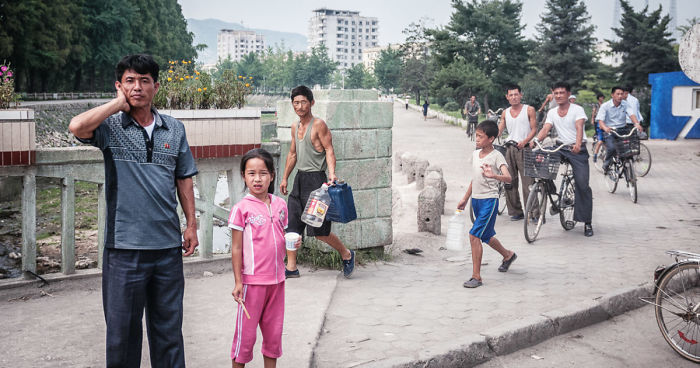
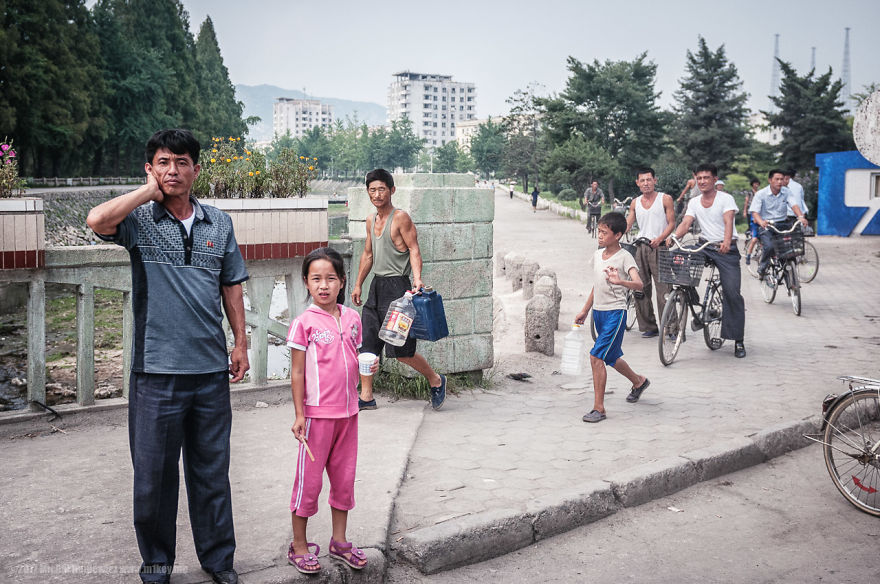
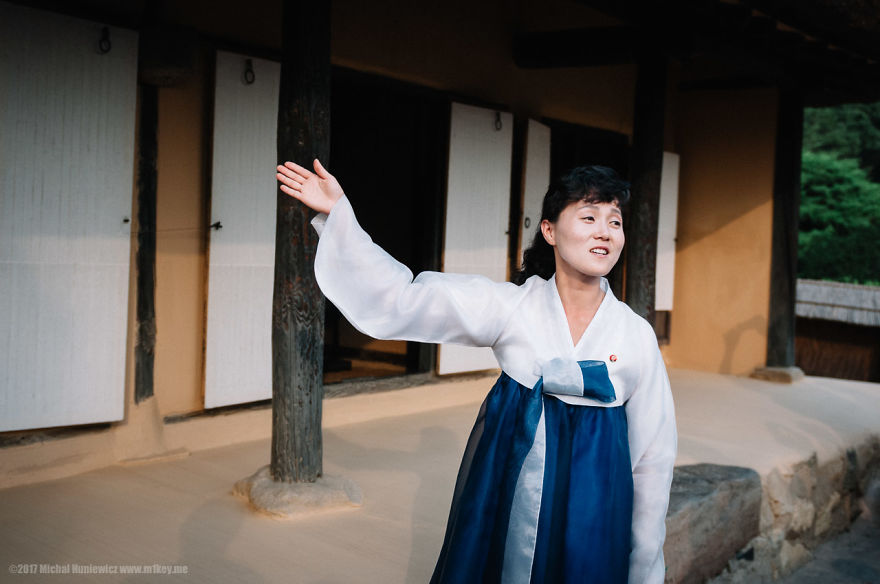
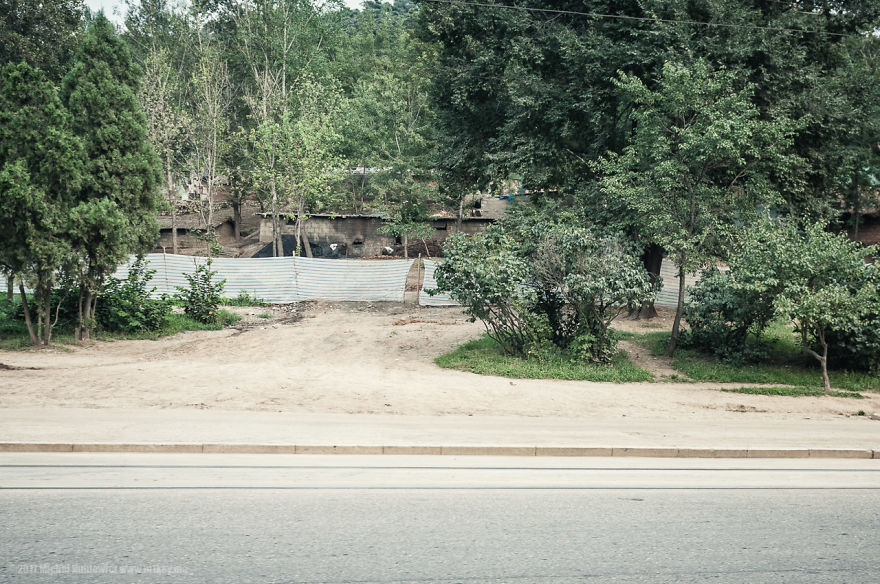
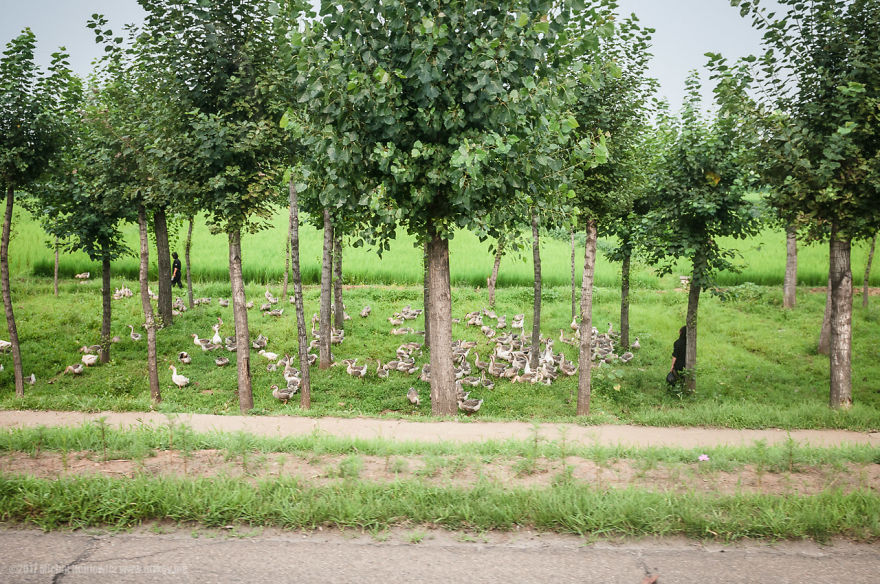
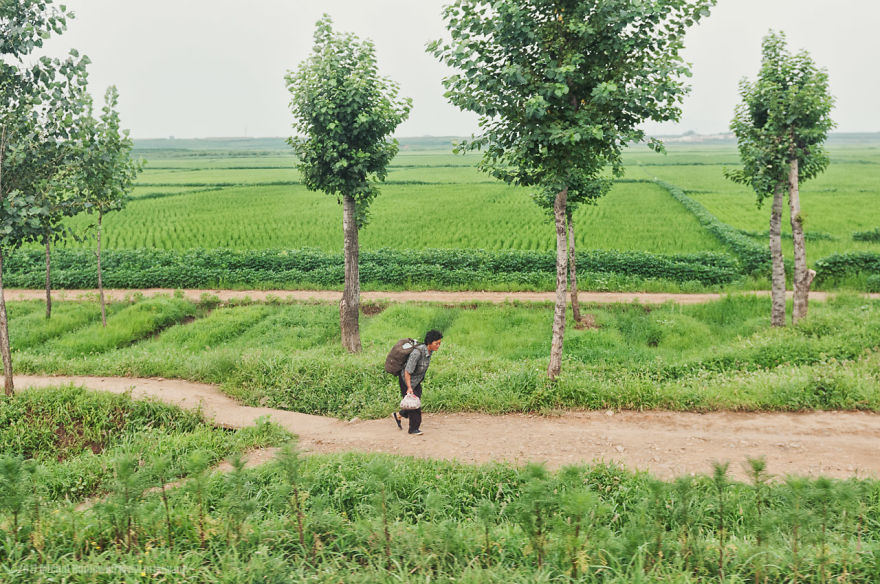
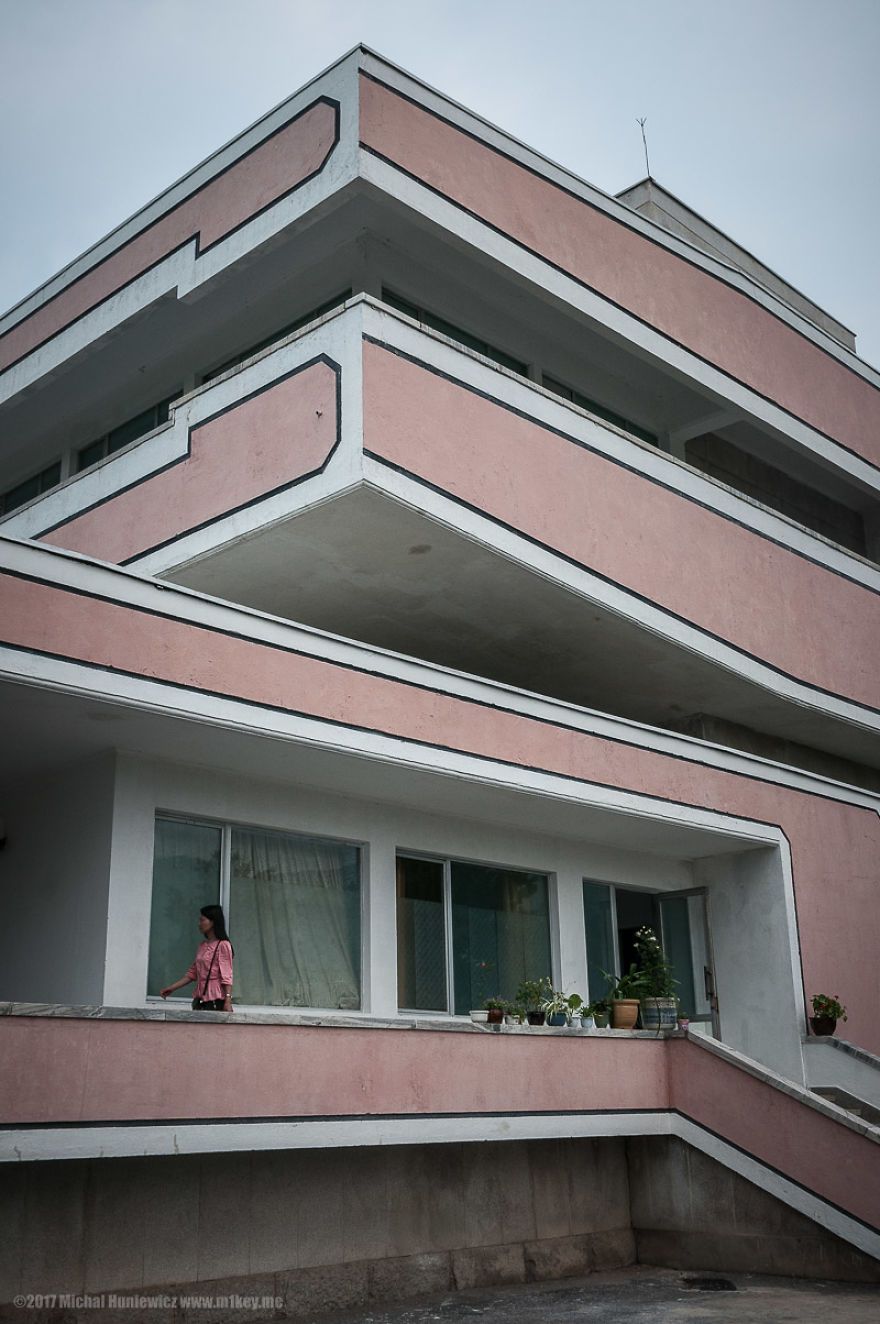
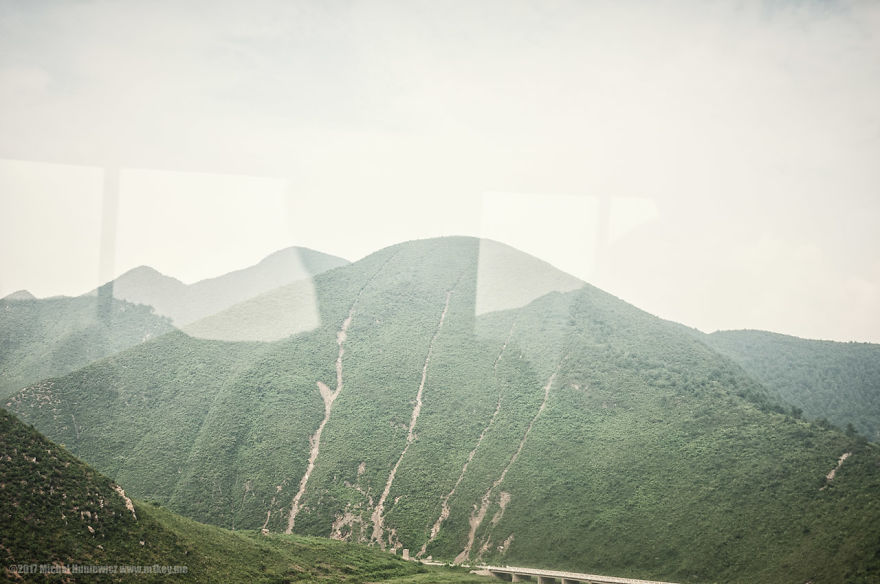
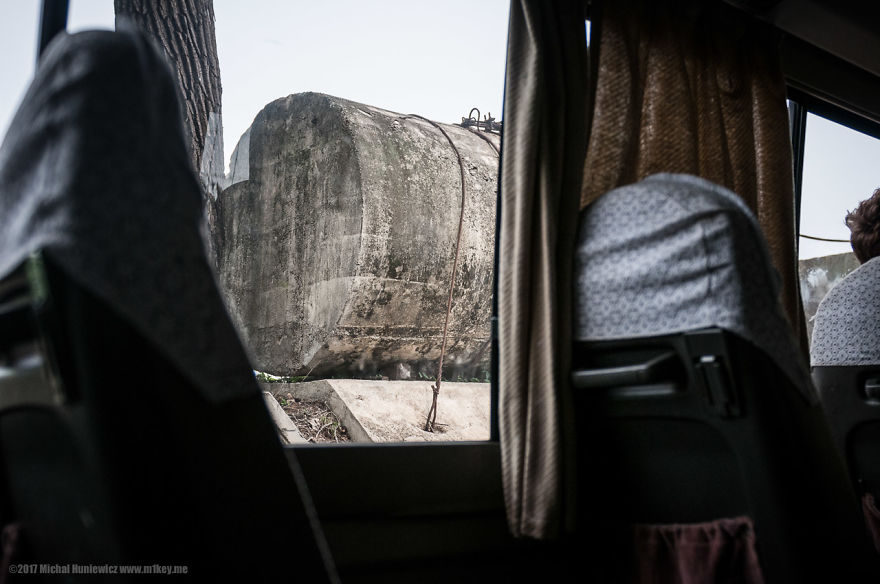
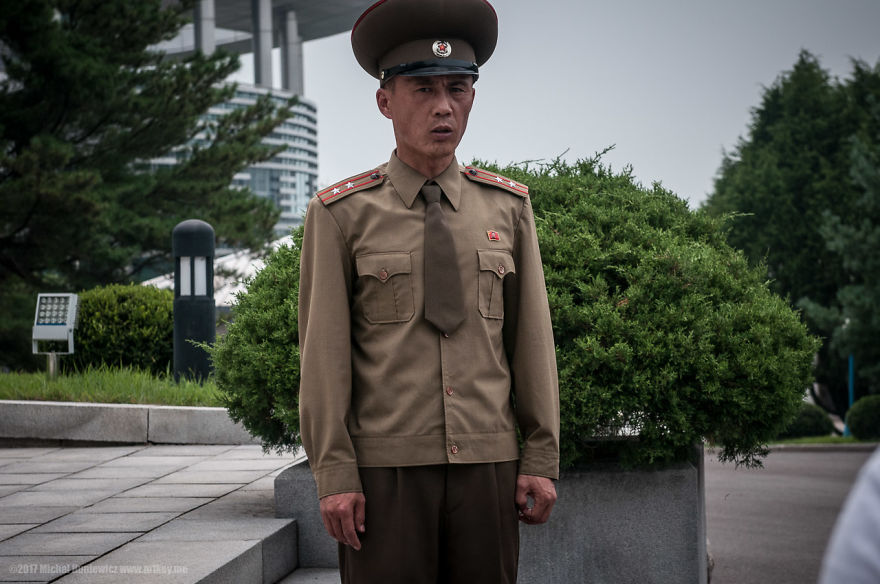
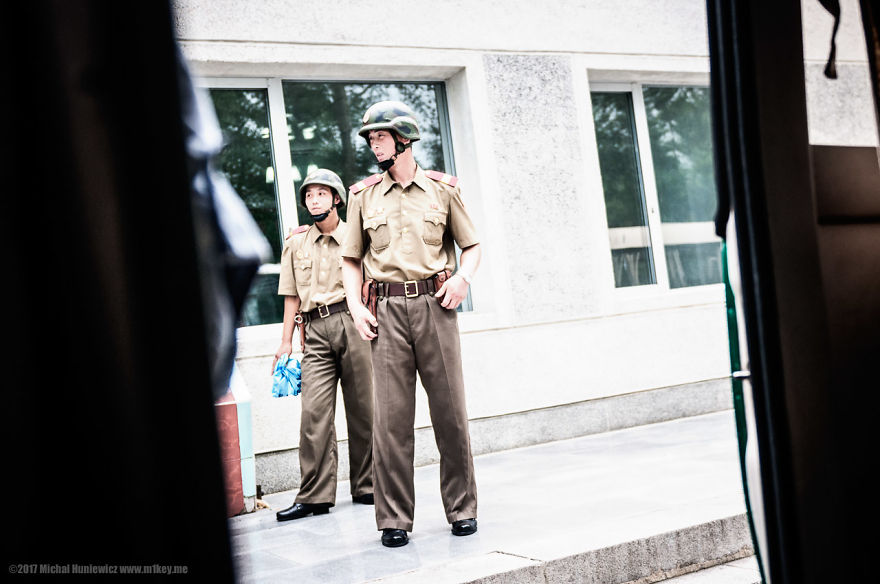
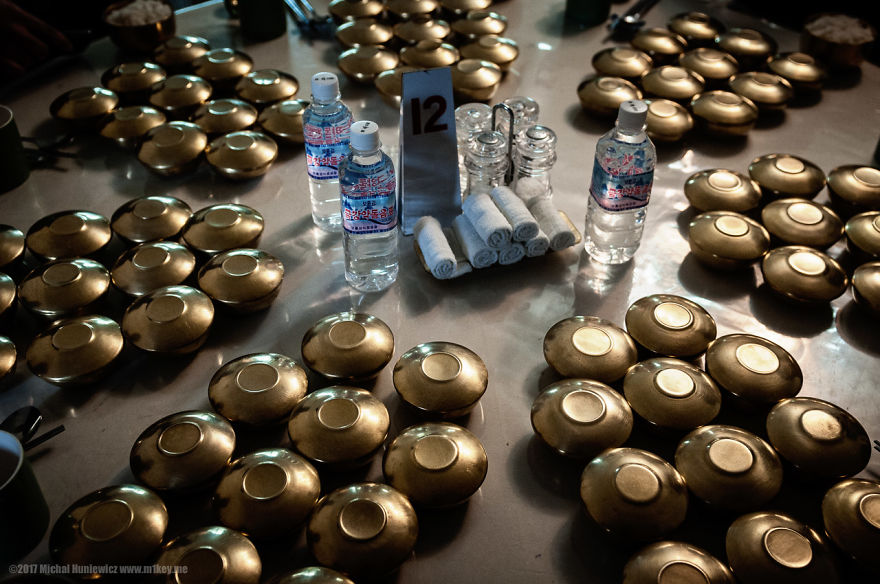
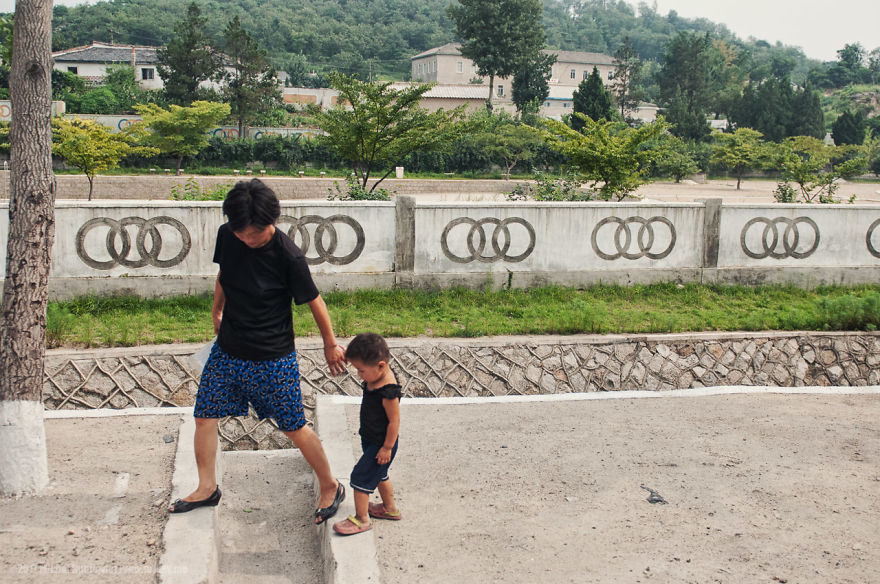
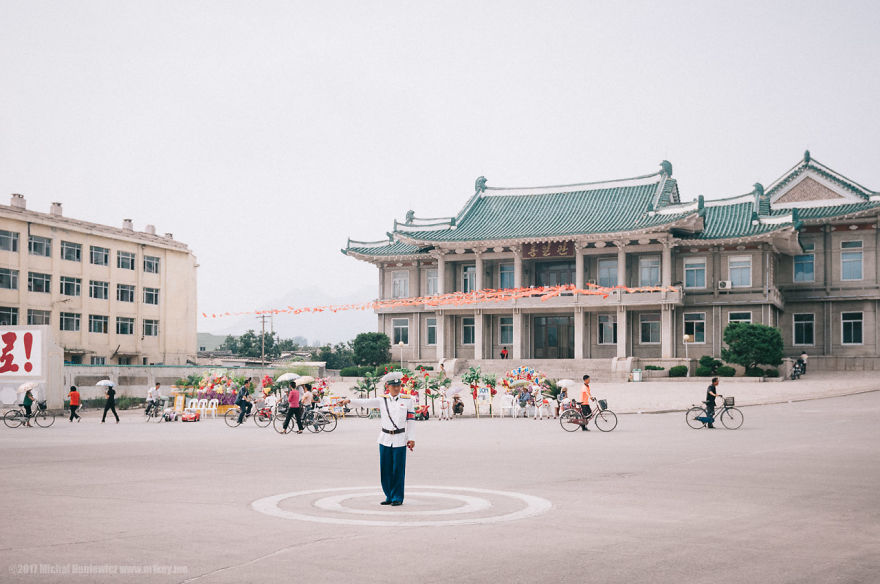
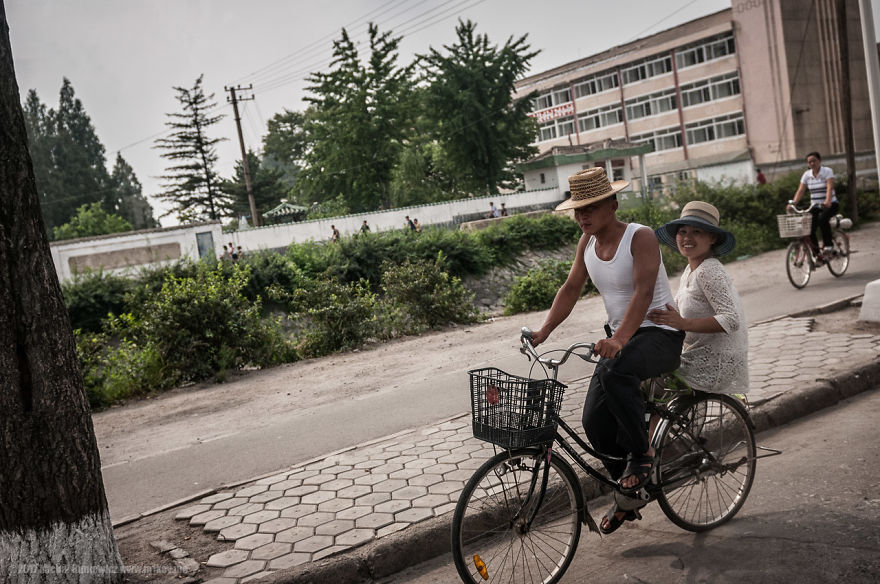



25
4